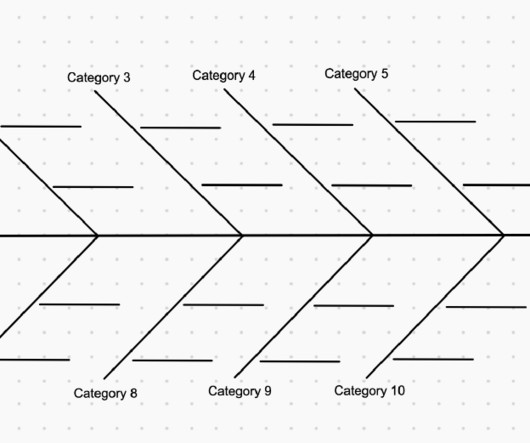What is a Cause and Effect Diagram? Definition, Examples, Benefits, and Analysis
IdeaScale
APRIL 20, 2024
What is a Cause and Effect Diagram? A Cause and Effect Diagram, also known as a Fishbone Diagram or Ishikawa Diagram, is defined as a visual tool used to identify and organize potential causes of a specific problem or effect.

















Let's personalize your content